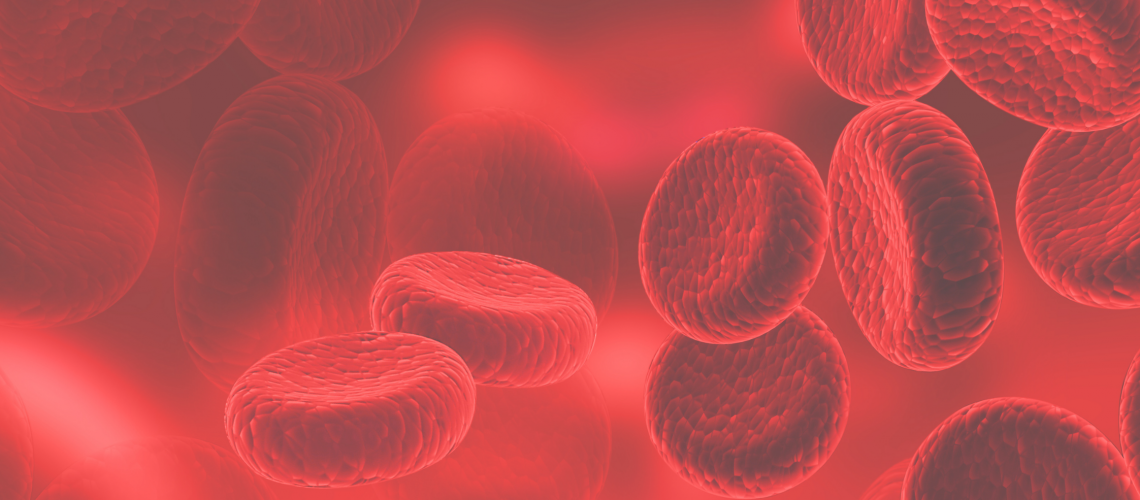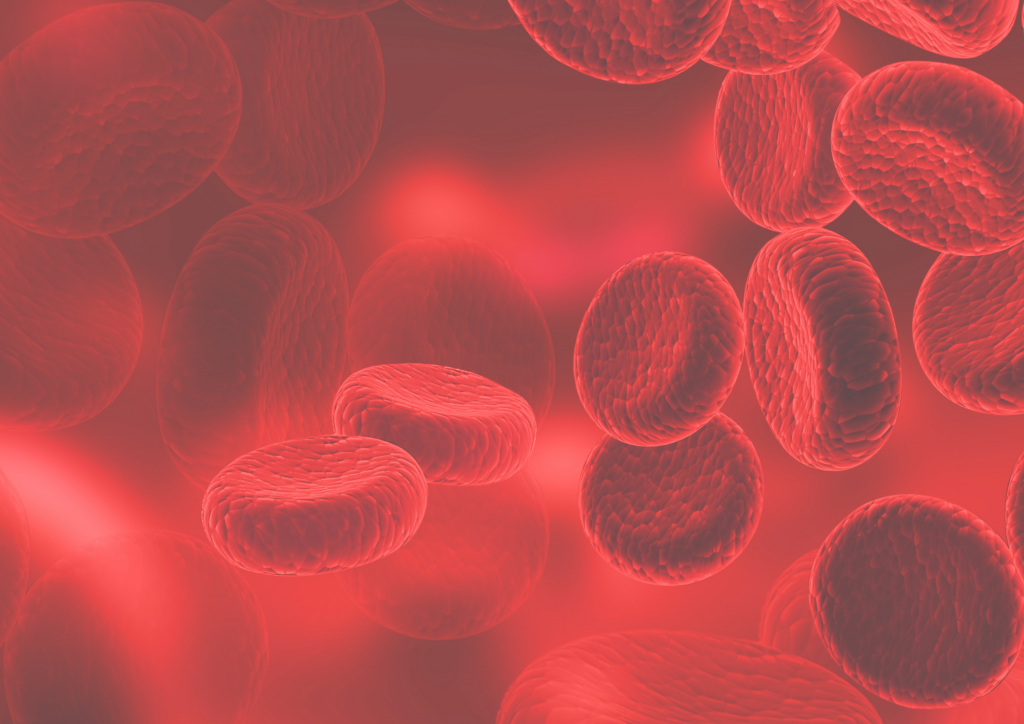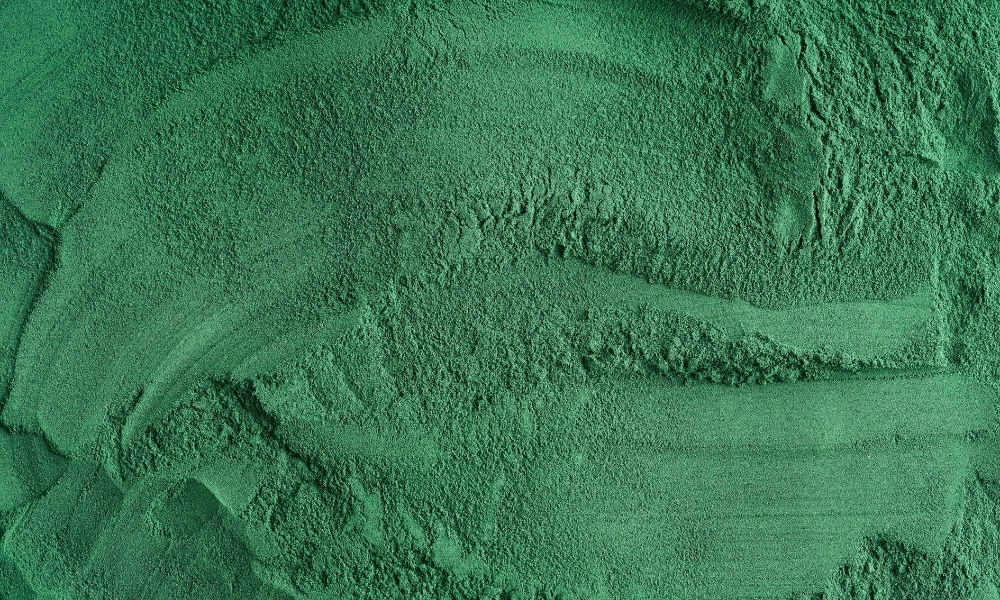Made with under the sun daily.
Made with under the sun daily.

6 min 51 sec reading time
Reading this short article will provide a clear understanding of how to keep the body alkaline and why people eat and drink lemon, lemon juice and apple cider. You will understand important nuances about blood pH, and how are the levels kept and controlled. More in this short article is about the digestive system’s acid/alkaline process, where minerals come from, where they are stored and their use of those. Lastly, a short explanation of foundations for supporting and improving alkalinity. All of this information is in a short article because “If you can’t explain it simply, you don’t understand it well enough” (Albert Einstein). You’ll be surprised how simple things are. Most importantly you will understand how actively alkalise your body.
The human body easily can be regarded as a superorganism. We have 50 trillion cells that are building a variety of different tissues that have their own needs, pH requirements and their nutritional demands. Despite all that, they all work together in perfect harmony to create the overall organism of the human being.
In case you did not know blood is also a tissue. It is our liquid connective tissue. It joins every cell in our body and delivers nutrients and oxygen, picking up waste products and carbon dioxide and travelling them through the system. While doing those tasks, the pH of the blood has to stay within a very narrow window. If it becomes too high, meaning alkaline we die, if the pH of the blood becomes too acidic – we die. So as you can tell, it is in our body’s interest in keeping the pH levels in a very narrow window.
Other tissues and organs will balance around the blood to make sure that it stays within the precise levels and boundaries.
Two central organ systems help to regulate the pH of the blood. The first is the kidney system which can increase or decrease the amount of acid we release through urine according to what they sense when the blood is passing through them. The second system is the lungs which will balance the pH of the blood by releasing carbon dioxide (CO2). The more carbon dioxide we release (exhale) more acids we are effectively taking out of our bloodstream.

So when we are working hard and under pressure getting our cells to burn fuel quickly, we then release carbon dioxide into the bloodstream. The cells then will release acids as in the case of muscles working very hard. Then, through quick breathing and forced exhalation, we will decrease some of those acid levels. This way the body normalises the pH level within the blood and is effectively controlling the pH levels in the blood.
For the rest of the body system, we are looking at how to balance and monitor those individual pH levels. Generally, it all comes down to our digestive function.
The digestive system is working very much like fire. Taking a log, placing it within the fire and the existing flames (and heat) will burn the wood down leaving only ash behind. Our digestive systems are working alike. It takes in food (log), it burns it using the digestive juices (flames and heat), leaving food building blocks (ashes) behind.
Take lemon as an example, which we all know is acidic. We taste it and get that sour flavour on our tongues. But as we take that lemon in, it is processed through our digestive system – the leftover ash is alkaline and the body can use it to buffer acids. How that magic happens, will be explained in a moment.
In plain words, into our body as an acid – out of the body as an alkaline. And this is the story is why you are reading this article, conversion of food products into alkaliser. We can now start and understand that our digest is going to have a determining effect on our overall pH levels (within the various tissues). Our digestive power plays a massive role in maintaining the acid-alkaline balance in our body.

So to summarise and keep the fire/log analogy in mind, here is the ideal scenario. We take in proteins and other foods and we digest them down to their smallest components. Meaning, we break them down to their ash. That ash is acid or alkaline, allowing the body to deal with or use those products effectively.
We will focus on proteins here. Think of a chain of paper dolls holding hand in hand. Proteins are built of amino acids that are strung together like a chain of paper dolls. Then, that long chain of paper dolls, due to different electric charges, negative and positive that want to balance themselves gets twisted, bent and folded upon itself which forms a 3D structure that is the final protein (this folding is what gives each different protein its functionality).
When we ingest protein the first thing it is going to meet is that acid bath in the stomach. The extremely low pH of the stomach causes all of the twists, bends, folds and inversions within the protein structure to unravel so we get back a straight string of paper dolls holding hand in hand (amino acids). At this stage enzymes, which are themselves proteins, can come along and cut between the amino acids (hand-in-hand connections) and break that protein into its smallest component, for example, amino acids.
Further down the digestive tract, we will absorb those amino acids where the body can use them, for example, to build neurotransmitters, repair tissue or make new enzymes for further digestion.
If, however, we do not have enough stomach acid it means that the protein going down into our system could not unravel entirely. It means that the digestive enzymes are not able to break it down to the building blocks, amino-acids it is made of, meaning, we are not able to absorb that nutritional component. As a result, the protein then will go through the stomach into the small intestines, and more enzymes are released, but it will not change a thing because they cannot work to break up the protein down. Alternatively, some microbes, some of the flora in our system be it bacteria, yeast or even mould can start digesting that undigested protein instead. They, however, will do it for their benefit. They will break down the protein to the compounds that they require while releasing other metabolites. Many of these compounds can be toxic and acidic and in turn, can get absorbed into the bloodstream.
Let us go back to the original protein. When the paper dolls, a chain of amino acids, fold around itself due to the positive and negative charges and become that 3D structure the amino acid becomes the protein structure with minerals locked within it.
Those minerals help to hold the shape and contribute to the function of that particular protein. As the protein unravels touching the acidic stomach environment, those minerals are now released. Meaning, the minerals are now within the stomach solution, part of our digestive juices free and available for absorption into our bloodstream. Because minerals are alkalising if we have high levels, the body will need to process them by putting them away in storage. To build bones, for example. In other words, the minerals stored away are used or sent off to parts of the body where they can be incorporated as required.
But when we do not have enough acid in the stomach which causes the protein to stay folded, it then passes through into our small intestine not unravelled and therefore can not be digested. In other words, those alkalising minerals within the protein structure stay locked and are not used (extracted or used by the microbes).
So there are two scenarios. The first scenario is where we absorb amino acids (the building blocks of proteins) appropriately, we then absorb minerals. The latter is going to alkalise tissues immediately. Alternatively, the body will put them aside for ‘storage’ and be using them as needed. The second scenario is where there isn’t enough stomach acid. In this scenario, toxic metabolites are created (made by flora in our digestive system) and those are going into the bloodstream. Fewer minerals are absorbed to buffer those acids within the blood. The body then will start pulling minerals out of the storage to compensate and will then begin leaching calcium and magnesium to buffer the bloodstream. Remember, keeping the bloodstream at the narrow window of pH is most important. It can’t become too acidic or too alkaline.
And so we end up in this downward spiral situation where poor digestion and insufficient stomach acid may lead to increased acidity in our tissues. If the kidneys are unable to eradicate the acids in a timely fashion and if the lungs are unable to deal with the increased acidity, those acidic metabolites in the bloodstream might get stored in connective tissue and joints. Those will cause inflammation (may increase it) and pain while at the same time, fewer minerals are available to support the healing of that condition.
The more acidic our stomach is, the more alkaline the rest of our body is going to be because it absorbs minerals (nutrients) appropriately and there are plenty of minerals to buffer. But when the pH of our stomach rises and is too high the stomach becomes less acidic and therefore there are now more acidic by-products available to be stored elsewhere in our system (acidic metabolites made by the flora). So now you know, the foundation for supporting and improving alkaline tissues is to make sure that your stomach is as acidic as nature intended it to be.
Several reasons or mechanisms exist which explain why the stomach will not produce sufficient acids. One of them is if we are not eating mindfully. When we are in a stressful situation, the sympathetic nervous system dominates. It moves blood away from the digestive system and away from our reproductive organs to our extremities so we’ll be ready for a fight, flight or hide situation. In other words, digestion isn’t the most important at this time. However, while the parasympathetic nervous system dominates the blood returns to the digestive system, and it is ready to receive nutrition and bring back the body into homeostasis.
One of the first things we can do to improve digestion, meaning increase alkalinity within our tissues is to eat mindfully. Set yourself a table, organise the cutlery well, light a candle, make a swan out of a napkin, have a conversation and slow down. Chow your food well.
We can also improve alkalinity by choosing foods that are richer in minerals such as dark green leafy vegetables, whole food and plant nutrition. We can support our digestive system by having sour food before our meals. It is why some drink lemon juice or apple vinegar before their meal and early in the morning. Bitter food will also help to stimulate the flow (Campari someone? A reason for an aperitif.)
It is not enough to supplement what we need to support digestion. We need to make sure there’s sufficient stomach acid. Meaning, the pH level is low enough so we can absorb those minerals and deposit them into bone as opposed to pulling them away from the bone.
If you are curious to know where your pH is, you could purchase litmus paper from a health food store or even a pharmacy and test your urine throughout the day. Keep in mind that at night our body is cleansing, it’s detoxifying. In other words, we want and expect our urine to be acidic first thing in the morning. It means that we are effectively cleaning “the house”. Throughout the day, however, we can expect the urine’s pH level to rise towards more alkaline levels. You could check the pH levels of your saliva as well, however, checking your blood’s pH level is not a good idea because your blood will always be in that narrow window that is essential to sustain life.
And how all that is related to spirulina. Spirulina, fresh spirulina, in particular, is extremely rich in protein. 71% of its content is protein. You can understand now why spirulina is so rich in minerals. Protein, plant-based protein, hitting your stomach juices unravels and will release an enormous amount of minerals (vitamins and other nutrients). Remember, those are locked within, helping to keep the protein 3D structure until it meets the acid environment of your stomach. Then the protein opens up, becoming linear, allowing the enzymes to come and cut off at the right places and be absorbed into the bloodstream. Eating spirulina means actively alkalising your body.
If after checking your pH level should you find that you are too acidic in your tissues, you can improve your situation by increasing stomach acid by consuming bitter herbs or something sour before your meals. Lemon slices and water or just fruit and water will do the trick. Apple cider vinegar before a meal can be helpful for some people. In a case of feeling pain or being uncomfortable in any way that could indicate that there’s erosion. People who have heart-burn a lot will not be able to tolerate lemon juice before a meal. Such a feeling means – look into it.
Eating mindful meals is essential. If our sympathetic nervous system dominates, meaning we are under stress and the stress hormones stomach acids are not going to be releasing. The body isn’t in homeostasis. Take a few minutes to relax and breathe calmly and then enjoy your meal.
And lastly, as mentioned to the lady who called us and asked relevant questions about spirulina, its health attributes and how it contributes to her recovery from cancer,
This general information is not intended to diagnose, treat, cure or prevent any medical condition or to replace your healthcare professional. At Fresh Spirulina, we encourage you to consult with your healthcare professional to determine if any change in supplementation, diet or other routine is appropriate for your circumstances.
Based on a lecture given by Dr Miranda Wiley, ND, Sage Clinic, Vancouver, Canada.

Founded in Southeast QLD and located on Certified Organic farmland, we are an Australian-made Fresh Spirulina commercial farm. We are subject to the Australia New Zealand Food Standards Code and produce fresh Spirulina using food-grade nutrients only, pay attention to the freshness and health of our spirulina.
You can visit us at our social media pages at facebook.com & instagram.com


Would you like to be notified when we start?



Thanks! You're on the list.
It's safe to close this popup now.